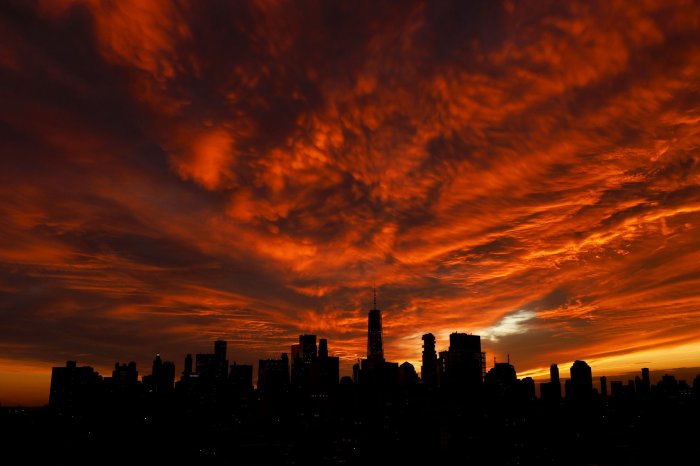Japan’s TEPCO to restart world’s largest nuclear plant in Niigata
Reactor buildings unit one (L, rear) through unit four (R) pictured Feb. 2015 at Tokyo Electric Power Co.’s Kashiwazaki Kariwa Nuclear Power Plant — the world’s largest nuclear power plant — in Kariwa, Niigata Prefecture, in northern Japan. Photo Provided by Kimimasa Mayama/EPA
Dec. 22 (UPI) — Japan has approved Tokyo Electric Power Co. to restart the Kashiwazaki-Kariwa nuclear site as the world’s largest nuclear power plant.
On Monday, the Niigata assembly backed Governor Hideyo Hanazumi’s decision to stay in office after approving the restart of the Kashiwazaki-Kariwa nuclear plant in its first reactor restart since the Fukushima disaster more than a decade ago.
“We remain firmly committed to never repeating such an accident and ensuring Niigata residents never experience anything similar,” a Tepco spokesperson told The Japan Times.
The decision finalizes local approval to restart the plant.
Hanazumi will meet Economy Minister Ryosei Akazawa on Tuesday to confirm the prefecture’s consent.
TEPCO intends to apply to the Japanese Nuclear Regulation Authority by Wednesday to restart its No. 6 reactor at the Kashiwazaki-Kariwa plant.
The utility aims to resume operations around Jan. 20 marking the facility’s first activity since shut down March 2012 a year after the Fukushima disaster.
On Nov. 21, Hanazumi approved restarting operations but said final approval depended on a vote by the prefectural assembly.
The assembly passed the measure with backing from the Liberal Democratic Party while opposition parties objected and called for a gubernatorial election or public referendum instead.
The Niigata provincial assembly in northern Japan approved a supplementary budget that included public relations funds for Kashiwazaki-Kariwa.
With consent already granted by the Kashiwazaki and Kariwa municipal governments, the vote cleared TEPCO’s final hurdle to resume operations.
Most of the plant’s power supplies the Tokyo area, but electric bills are expected to remain unchanged as TEPCO planned.
Meanwhile, Japan has restarted 14 of its 33 active nuclear plants to reduce reliance on imported fossil fuels.

